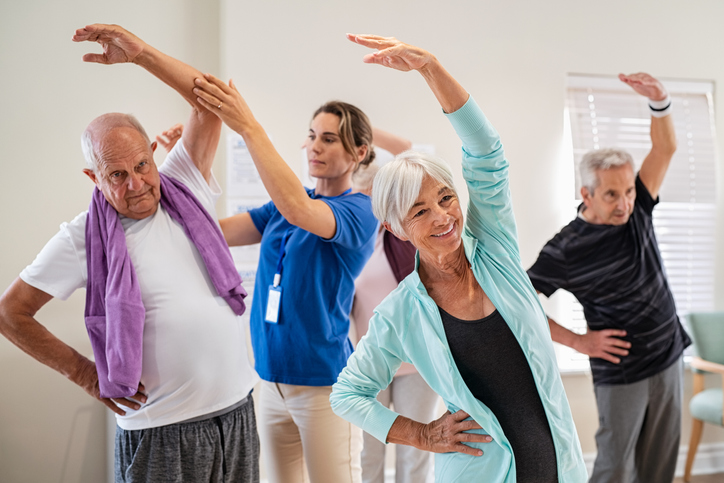The secret to more healthy ageing could be as simple as joining in group exercise, according to an Australian-first study aimed at addressing the sedentary lifestyle of older adults.
In a country where 58 percent of seniors are at risk of an inactive lifestyle, Exercise & Sports Science Australia (ESSA) conducted research on 6,600 seniors. The study highlighted the effectiveness of affordable and easily accessible group exercises in encouraging older adults to adopt a more active and healthier way of living.
Funded by a Better Ageing grant, supported by the Australian Sports Commission and managed by Sport Australia, the study, Exercise Right for Active Ageing study (ERAA): Participation in community-based exercise classes by older Australian during the COVID-19 pandemic, shatters barriers impeding physical activity for older adults.
By addressing critical issues of time constraints, financial burdens, and access to suitable exercise options, the study redefines how Australians should perceive and approach active ageing.
ESSA President Dr Brendan Joss said he is thrilled to have worked closely with Monash University to explore the outcomes of the ERAA project.
“Our study reveals a critical need for intervention in the sedentary habits of older Australians. It’s not merely a health concern; it’s a call to action,” Dr Joss said.
“One demonstrated solution lies in embracing group exercise programs led by experts in exercise (exercise physiologists and exercise scientists), making sure health and wellbeing benefits are attainable for all.
“This research signals a pivotal moment in the way we approach senior health, urging a collective shift towards proactive engagement and redefining the golden years.”
The study, which ran throughout 2020-2021, where older Australians participated in classes over 12 group sessions, found that higher class attendance was associated with yoga, flexibility, mobility classes, free trials and online classes.
Of the participants included in the primary analysis, 77 per cent were women, aged between 65-74 years of age, 59 per cent resided in major cities and reported two or more health conditions. The highest number of participants were from Queensland and NSW.







